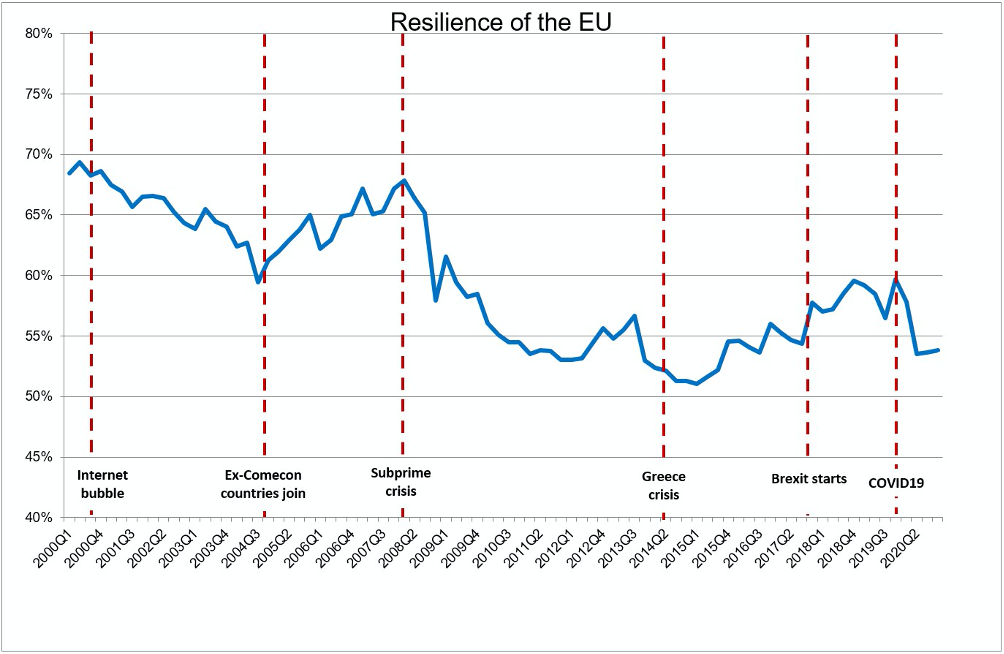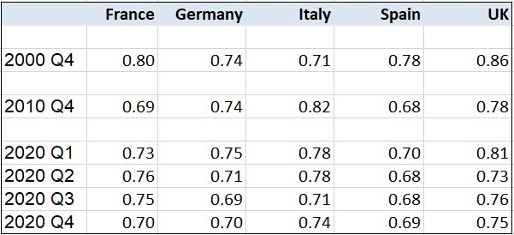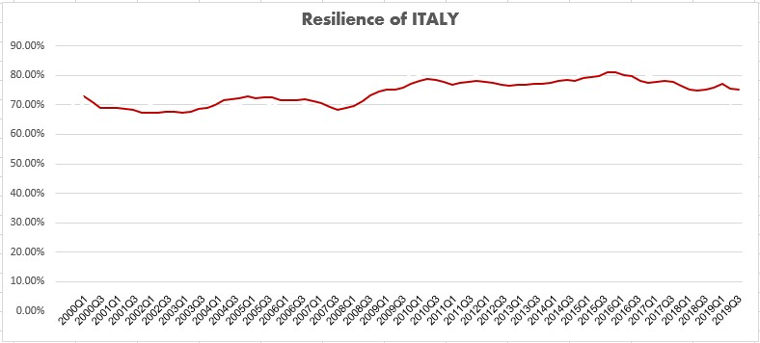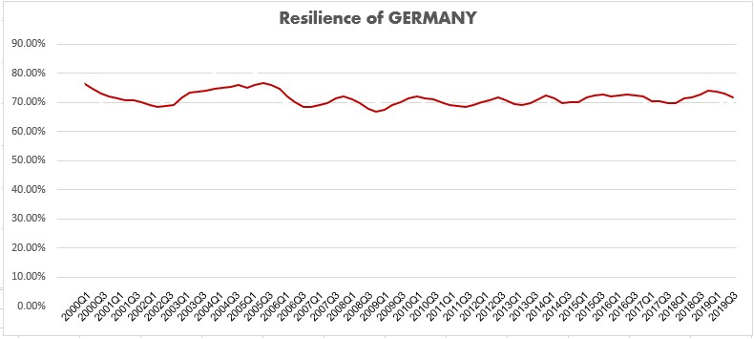EU’s Recovery and Resilience Plan – Science or Opinions?
Italy, just like other European countries, has launched recently a National Recovery and Resilience Plan. The plan is funded by the EU in the framework of the NGEU – Next Generation EU – initiative, and Italy’s chunk corresponds to 191.5 billion Euros, to be spent in the period 2021 – 2026. The goal is to boost recovery and the total budget for the plan is 806.9 billion Euros. According to the EU, “The Recovery and Resilience Facility (the Facility) makes €672.5 billion (in 2018 prices) in loans and grants available to support reforms and investments undertaken by Member States. The aim is to mitigate the economic and social impact of the coronavirus pandemic and make European economies and societies more sustainable, resilient and better prepared for the challenges and opportunities of the green and digital transitions”. The keywords of this initiative are two: sustainability and resilience.
The Italian Recovery and Resilience Plan is articulated along numerous lines, such as digitalization, modernization of public administration, ecology, innovation, or mobility, just to name a few. However, it is not the goal of this article to debate the content of the plan.
The plan is ambitious. It embraces one of the most important macro regions of the World. It spans a period of five years, in a moment of high fragility, both from an economic as well as social perspectives. The response to covid-19 has not only crippled the economy, it has also produced numerous negative effects on the society and these will only become apparent in the future. The context is certainly one of high complexity.
The goal of the plan, and of the underlying recovery process is, evidently, to increase resilience. Resilience is, of course, the key to sustainability. A system that is not resilient will never be sustainable. Given the importance of this vital initiative, it is paramount to devise a means of measuring its efficiency, its degree of success. In other words, one could postulate the problem as follows:
Today, in 2021, the resilience of Italy is X. When the plan is over, in 2026, resilience will be Y.
Unless we can measure X and Y how can we possibly know if the plan has been successful or not? Imagine that you are obese, you consult an expensive dietologist and you go on a diet for, say, six months. Unless you can measure your mass on day one of the diet, and then after the six months are up, how will you know if the diet has been successful? Will you just take a look at the mirror, or, maybe, look at the circumference of your new trousers? Certainly not. You will surely track your progress on a daily or weekly basis. That would be a serious and rational way of doing things, especially if the investment is considerable.
But let’s take a look at resilience. Resilience is not just a fancy à la mode word. Resilience can be measured and it reflects the ability of a system to resist shocks and to return to its original condition. There even exists machines to measure the resilience of materials. Since 2005 it is possible to actually measure the resilience of companies, investment portfolios, traffic systems, cities, countries, even the world. For over a decade our research team has been measuring and tracking the resilience of all EU member states and that of the EU as a system. This has enables us to actually quantify the impact of major crises and destabilising events, such as the subprime crisis or the covid-19. The evolution of the resilience of the EU as a system is reported below. The data that has been used for the analysis is quarterly GDP-specific data by EUROSTAT.

One may observe the following major drops of resilience:
- Internet bubble – 10% (from 70% to 60%) over 3 years
- Subprime crisis – 14% (from 67% to 53%) over 3 years
- Covid-19 – 7% (from 60% to 53%) in 1 year
What is evident is that the resilience of the EU shows an alarming downward trend. Values of resilience close to 50% point to very high fragility. In effect, if one observes the response of the EU to the migration or covid-19 crises, it is not difficult to realize that the EU is also fragile when it comes to a common policy.
The table below reports resilience for EU’s major economies in 2000, 2010 as well as the four quarters of 2020.

The UK and Italy boast the highest resilience of 75% and 74% respectively. As an example, the two graphs below offer a comparison the evolution of resilience of Italy and Germany over the same period.


Over the last decade, the resilience of Italy has oscillated at approximately 80%, while that of Germany around 70%. One must not, however, confound resilience with performance. High resilience does not necessarily imply high performance. In fact, the German economy performs better than that of Italy, but the Italian economy is more resilient.
The point, however, is the following. Resilience can be measured in a scientific and rational manner. It can be broken down into components, so that one may understand what really drives it. If the EU’s is really looking to become more resilient, it should measure and monitor this resilience as the plan progresses, as the billions are being spent. It is not sufficient to count the number of electric vehicles, CO2 emissions, or increase in network bandwidth to say that we are now more resilient and more sustainable. Resilience is too important for our crippled economy not to measure it. Talking about it is not enough. Hoping it will increase just because the EU is throwing billions at it is not sufficient. The problem is too complex for a purely quantitative approach. You want higher resilience? Measure it and track it. Identify its drivers and focus the money there, at the resilience drivers. What we need is more science and less expert opinions. Numbers, not sensations. Too much is at stake.
One final question? How can one decide a-priori how to spend billions on becoming more resilient if an initial resilience assessment hasn’t been done?
 Podcast
Podcast